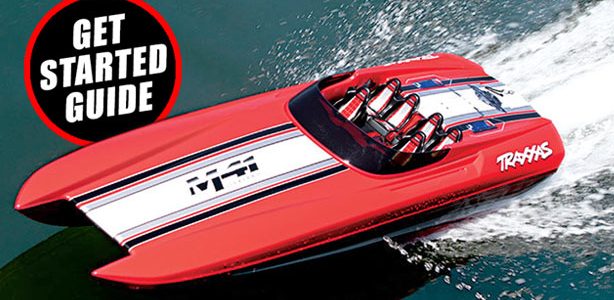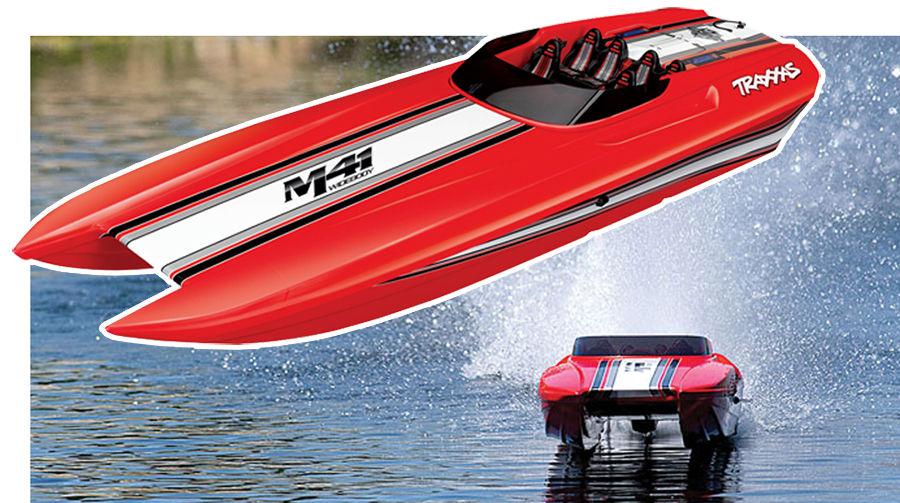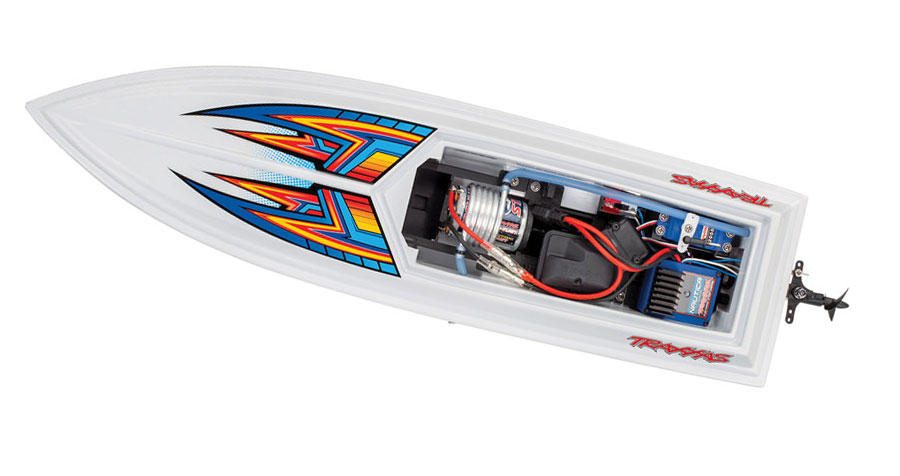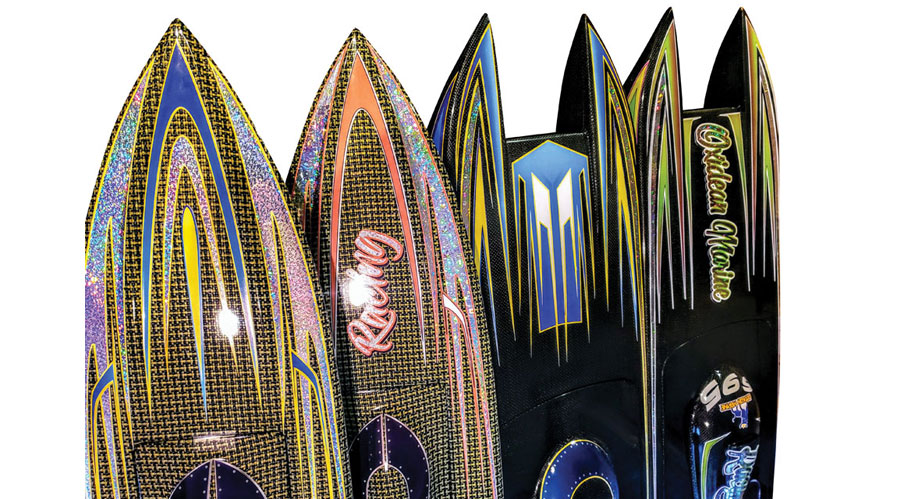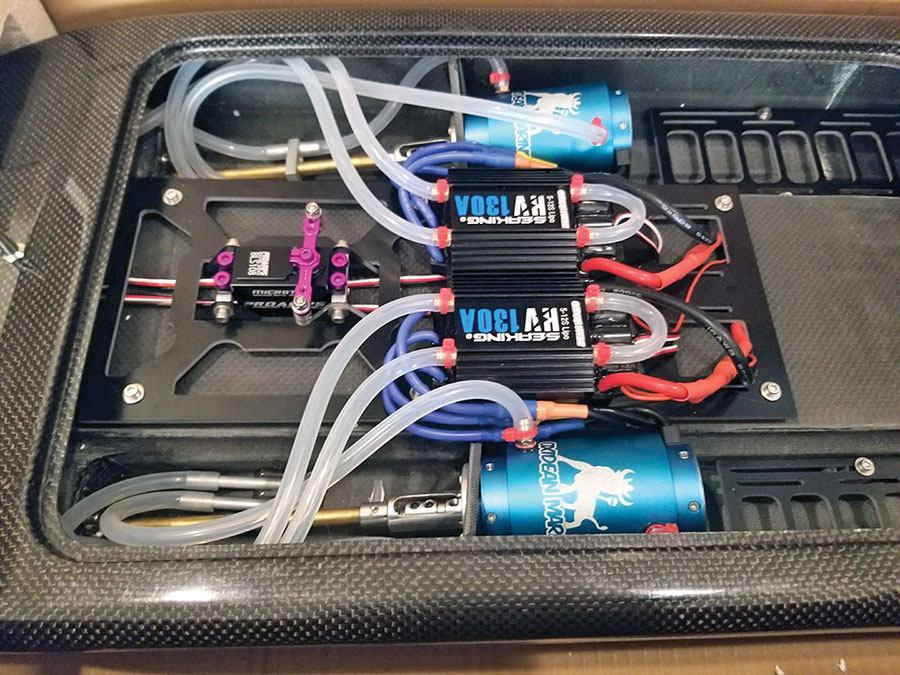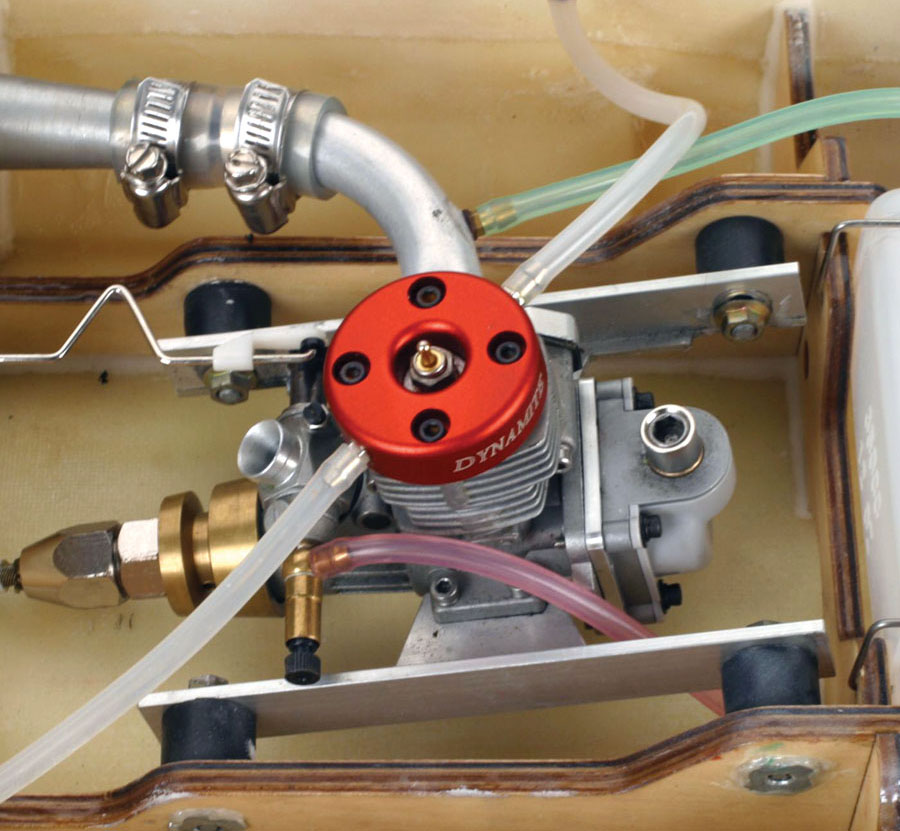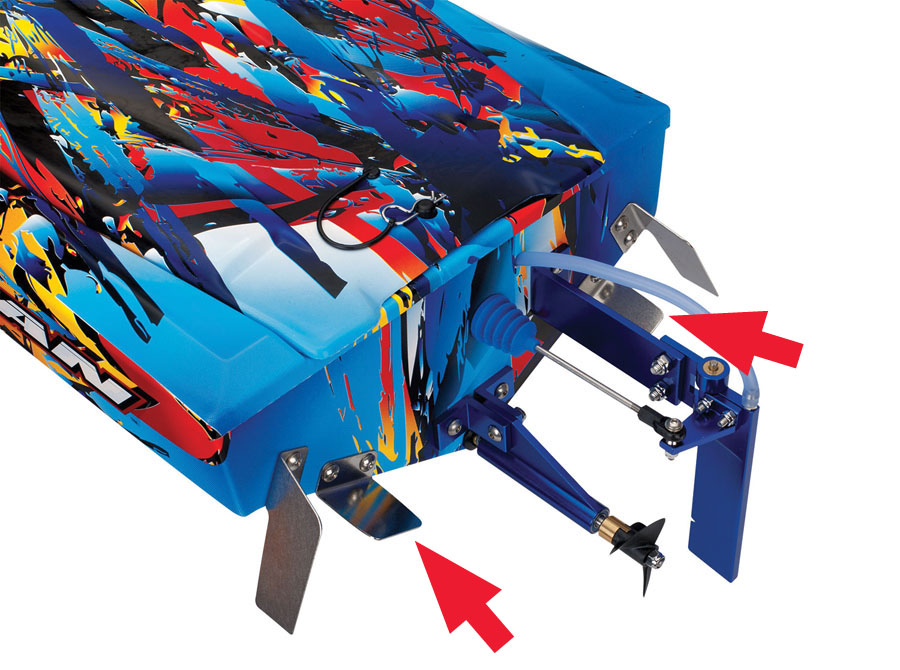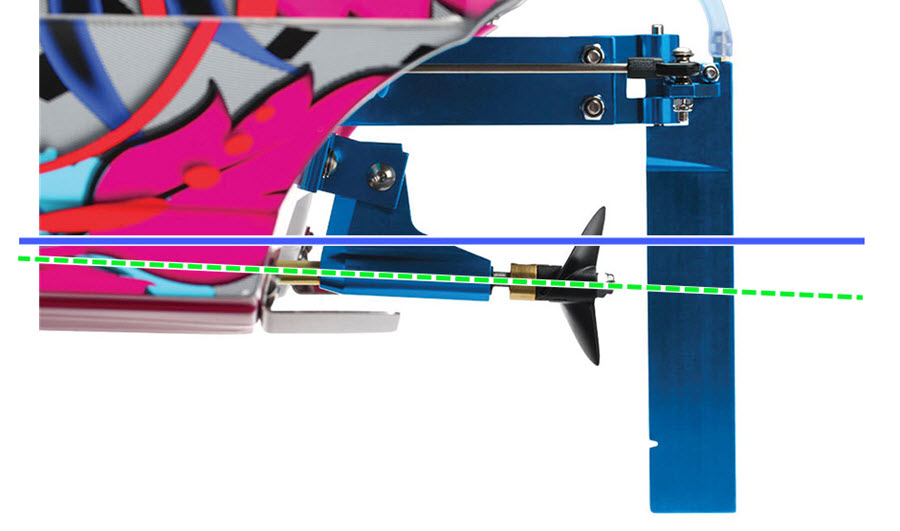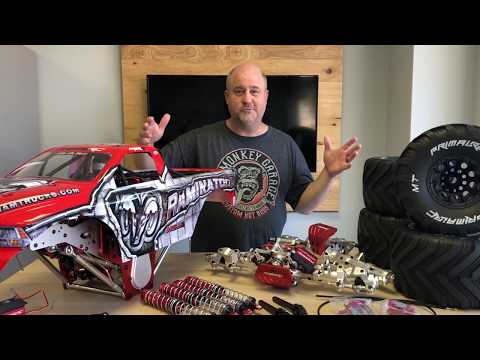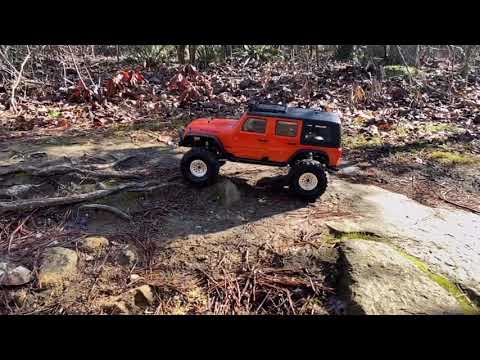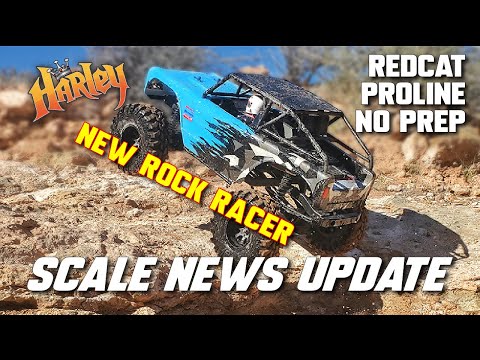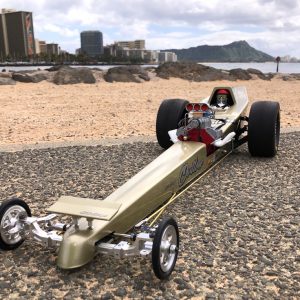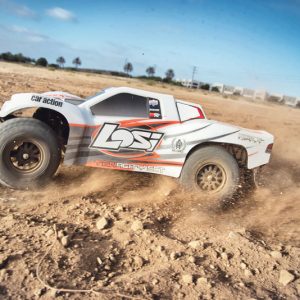hans1128dog
RCTalk Rookie
Real new to boating. Showed the daughter a listing of boats from the FLHS and she chose what she wants (On back order). Trying to figure out what I want to get. I currently have some Traxxas trucks so buying one of those would be great for the battery issues but I was also liking the ProBoat option. What made you chose the boat you have? What are the pros/cons of a Catamaran vs a mono hull? I'm thinking the stability of the Cat is the better option.




